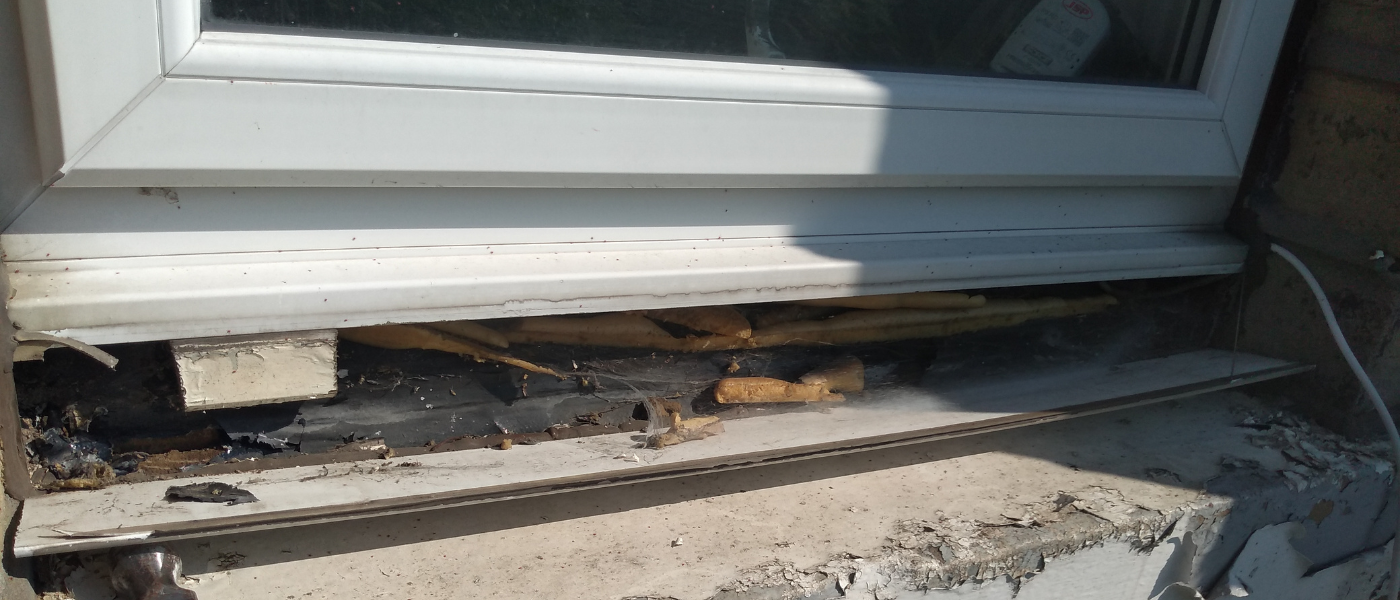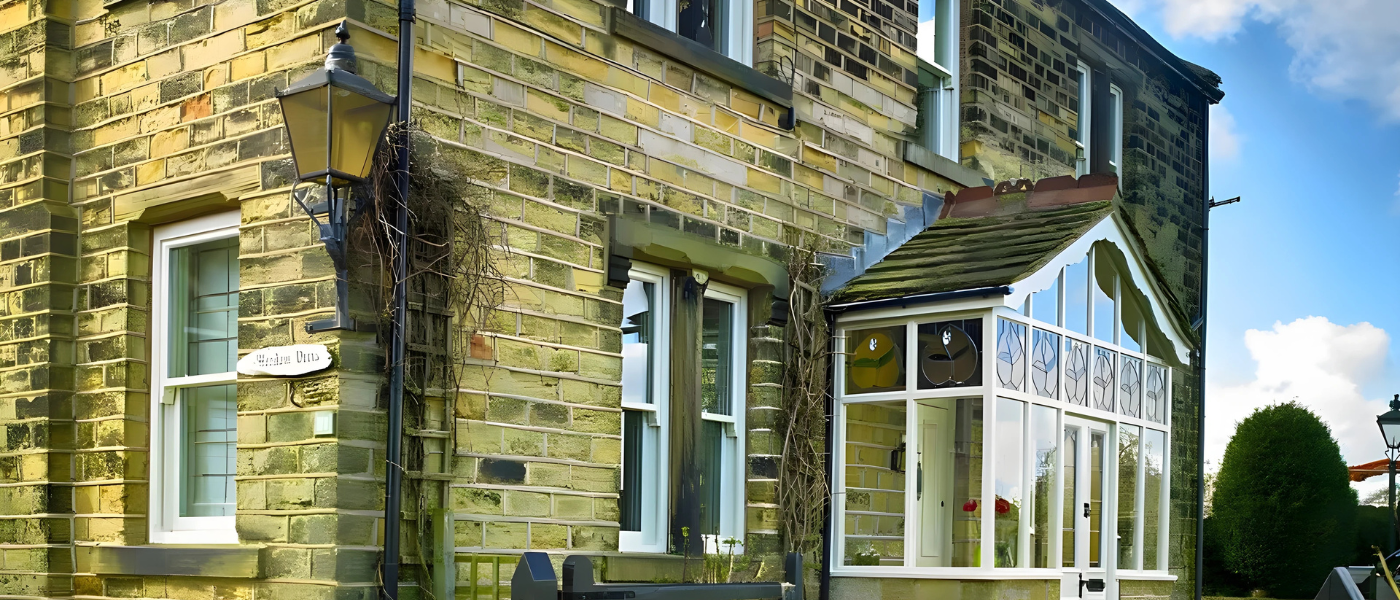Are Your Doors Letting Your Heat Escape? How to Spot and Solve the Problem

We all want our homes to be comfortable, healthy, and efficient sanctuaries. But even with the heating on, you might find chilly spots and unwelcome draughts that make your living space less comfortable and your energy bills higher than they should be. Often, the main culprit is right at the front of your house: your door.
Your doors and windows are key areas where heat can be lost. Focusing on improving their insulation and airtightness is a powerful step towards a more energy-efficient home. We’re here to help you understand how to spot the signs of heat loss, offer some straightforward DIY tips, and introduce permanent solutions for a warmer, more comfortable home.
How Do Doors and Windows Let Heat Escape?
Heat loss through doors primarily happens in two ways: through the material of the door itself and through air leaks around the frame.

If a door is made from a poorly insulated material, heat can conduct straight through it. This is common in older doors or those with single-glazed glass panels. However, the more significant issue is often air leakage, or draughts. These happen when there are gaps between the door and the frame, or through features like keyholes and letterboxes. Even tiny gaps can allow a surprising amount of warm air to escape and cold air to enter, making your heating system work much harder to maintain a comfortable temperature.
How to Spot Insulation and Draught Problems
Before you can fix the problem, you need to find it. Here are a few simple ways to check your doors for heat loss:
- The visual check: Take a close look at your door and its frame. Can you see any obvious gaps or light coming through? Check the condition of any weather stripping or seals – are they cracked, worn, or missing entirely?
- The touch test: On a cold or windy day, run your hand along the edges of the door frame. Can you feel a noticeable difference in temperature or a cool breeze? Don't forget to check around the letterbox and keyhole.
- The smoke test: A simple but effective method. Carefully light a candle or an incense stick and hold it near the edges of your door. If the smoke flickers or is drawn towards the door, you’ve found a draught. Be sure to do this safely, away from any flammable materials.
Identifying these issues is the first step towards empowering yourself to create a more energy-independent and comfortable home.
Tips for DIY Draught-proofing
Once you’ve located the problem areas, you can take some simple, effective steps to fix them. These DIY solutions are a great starting point for improving your home’s airtightness.
- Draught Excluders: The simplest solution for the bottom of your door is a classic fabric draught excluder. They are easy to find and require no installation.
- Weather Stripping: For the sides and top of your door, self-adhesive rubber or foam strips are an excellent option. They are inexpensive and easy to apply. Just cut the strip to the required length and press it firmly into place along the door frame to create a seal when the door is closed.
- Letterbox and Keyhole Covers: Don't let these small openings undermine your efforts. A letterbox with an internal brush or flap can make a big difference. Similarly, a simple escutcheon plate cover for your keyhole can block out chilly breezes.
- Check your sealant: Another key area to inspect is the sealant (mastic) between the window frame and the wall. Ensure it's in good condition and fully adhered to both surfaces. Compromised or missing sealant, much like damaged weather seals, can create a significant point of entry for drafts and moisture.
- Be wary of plastic trims; For more experienced DIY individuals, it is advisable to check behind plastic trims often found around UPVC installations. These trims can sometimes conceal a lack of insulation between the door frame and the wall. In some cases, these gaps can be substantial, up to 50mm. Unfortunately these voids are frequently found to be only partially filled or entirely uninsulated. The standard tolerance gap between doors and walls should be around 10mm, so these trims are often covering up big gaps caused by poor measuring. The optimal solution for these larger voids is to fill them completely with insulation or airtight expanding foam. These quick fixes can help reduce your energy consumption and make your home feel warmer straight away. These are great first steps on the journey towards improving your homes performance.These quick fixes can help reduce your energy consumption and make your home feel warmer straight away. They are great first steps on the journey towards improving your home's performance.
How to Permanently Fix Draught Problems
While DIY solutions offer a great temporary fix, a long-term, permanent solution will deliver the most significant benefits. If your door is old, warped, or poorly insulated, the best investment you can make is to upgrade to a modern, high-performance alternative.

At 21 Degrees, we specialise in advanced energy-saving triple-glazed doors and triple-glazed windows designed for optimal efficiency, health, and comfort. Our products provide superior insulation and are installed with a focus on complete airtightness, eliminating draughts for good. By choosing a precision-engineered solution, you’re not just stopping heat from escaping; you’re investing in the long-term value, sustainability, and wellbeing of your home.
By working with us, you gain the knowledge and confidence to make informed decisions that will transform your home into a space that’s not only energy-efficient but also truly built for the future.
Please note that we specialise in supplying doors and windows for whole-home projects rather than individual, one-off requests.
If you’re ready to permanently solve your draught problems and enhance the comfort and performance of your property, get in touch with us today. Together, we can create a home that stands the test of time.







